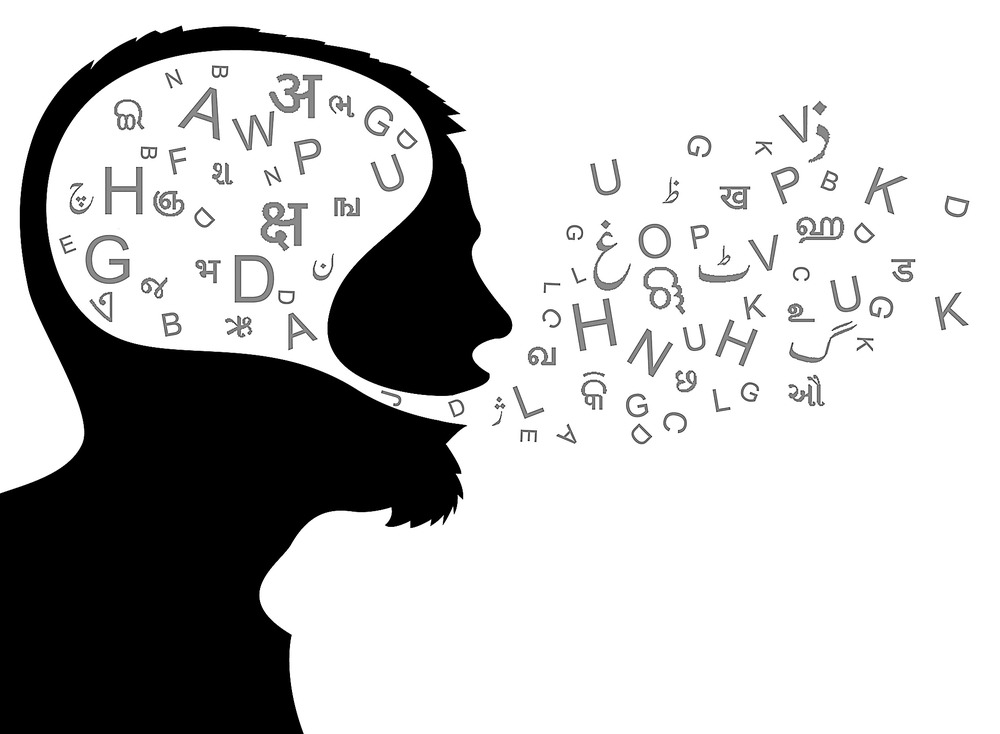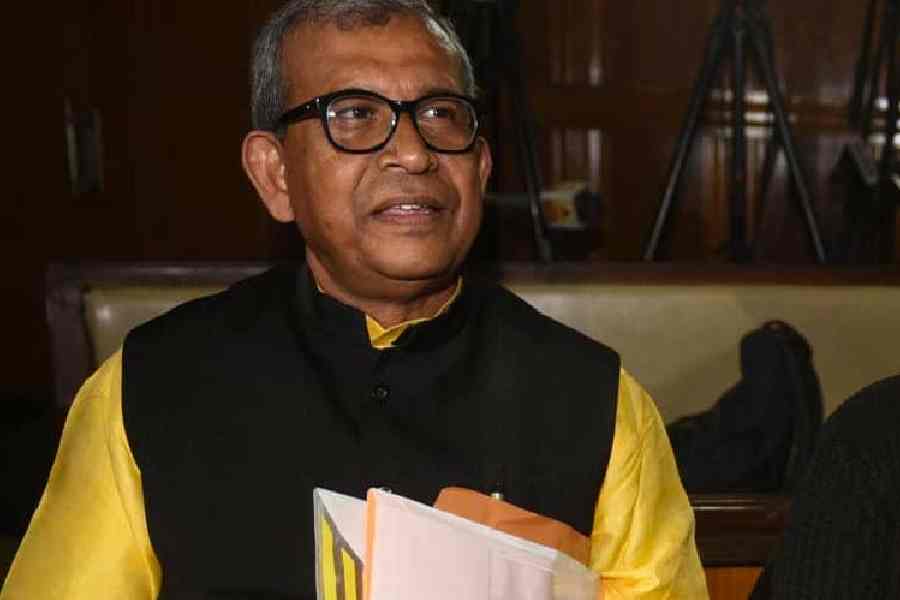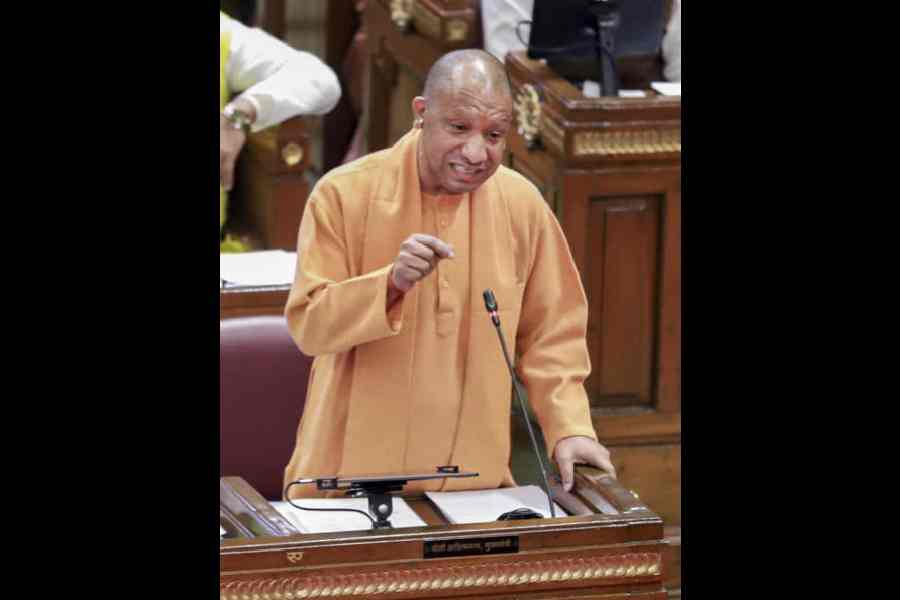
It is not very often that research carried out in Europe has a direct bearing on people living in countries such as India. This one may be an exception. In a study that could have profound implications on people who speak more than one tongue - as is quite common in India - neuroscientists in Spain's Basque country found that not all languages activate brain regions in a similar fashion. In other words, the way a bilingual brain behaves depends on the languages it speaks.
Understanding how a bilingual brain works can pay rich dividends; scientists have realised that there are several advantages associated with proficiency in multiple languages. "Bilingual people who switch between languages while talking to different sets of people are found to exhibit much better cognitive control than their monolingual counterparts," says Dr Suvarna Alladi, professor at the National Institute of Mental Health and Neurosciences, Bangalore.
"India is the place to study benefits of multilingualism on the brain," she says. A work by Dr Alladi and others when she was a faculty at the Nizam's Institute of Medical Sciences in Hyderabad a few years ago, demonstrated that the onset of dementia is delayed at least by 4.5 years in people who communicate in multiple languages compared to those who use a single tongue. Interestingly, they found that such a beneficial effect is accrued not only to people who read, write and speak two languages, but also who are illiterate yet speak two languages.

When a person is bilingual, his or her brain has better functional and structural plasticity, which confers several benefits. Also bilinguals have improved skills in learning new words and better communication skills. They are good listeners and are efficient at word categorisation, says Dr Uttam Kumar of the Sanjay Gandhi Postgraduate Institute of Medical Sciences, Lucknow.
"Besides, many established psychological tests have shown that a bilingual brain tunes out distraction efficiently. This may be due to their experience in regularly having to switch between languages," he says.
According to Dr Alladi, bilingual people are found to have greater volume of grey matter, the brain tissue packed with information-processing nerve cells and fibres. Besides, the network connectivity in the white matter of the bilingual brain is significantly high, she says.
The effect seems to be strongest in people who learnt a second language before the age of five and in those who are most proficient at their second language.
The recent study shows that in bilingual people - those who can speak, read and write in two different languages with more or less similar proficiency - different neural networks are activated when they speak, depending on the type of language they use. The findings, the Spanish researchers argue, are of pedagogical significance particularly when children - or illiterate adults - are taught to read. The paper was recently published in the journal Cerebral Cortex.

Neurolinguists classify languages broadly into two categories. There is the transparent category that encompasses languages that are pronounced in exactly the same way that they are written and the opaque one that includes languages in which such correlation is absent. While most Indian languages are transparent ones, English and Urdu are good examples of opaque languages.
Researchers from the Basque Center on Cognition, Brain and Language (BCBL), in San Sebastian discovered that when a bilingual person speaks two languages that belong to the transparent category, neural networks in dorsal stream are activated. But when one of the languages belongs to the opaque class then ventral stream comes alive.
The BCBL scientists enrolled 37 bilingual people who speak Spanish and either Basque or English. All volunteers were pure bilinguals (meaning they knew no third language) and learned their second language - either Basque or English - later than the first, from the age of six.
When the scientists mapped the brains of the volunteers while they spoke Spanish (a transparent language), they found that brain networks of all volunteers behaved similarly. However, when volunteers read in the second language (Basque or English), the scientists noticed the activation of different networks. While in Basque-speaking bilinguals the dorsal stream, related to phonology, was activated more, in English-speaking people the ventral stream, responsible for meaning, worked harder.

The Spanish scientists claim that no study in the past ever demonstrated this effect as clearly.
"Neuroimaging studies have evidently suggested that both orthographic depth and visual complexity of the script influence cortical network of reading," says Dr Kumar, who has earlier studied brain activation regions in people who speak Hindi and Urdu. The ventral and dorsal pathways have distinct anatomical locations. Since Urdu is an orthographically opaque and visually more complex script, it will show higher involvement in the ventral visual pathway, explains Dr Kumar.
Whether you know only opaque, only transparent or a language from each of these categories, the important thing is that you get all the benefits of a bilingual brain only if you learn both languages in early childhood. There is probably a lesson or two here for politicians who belligerently prescribe only the mother tongue for children.










